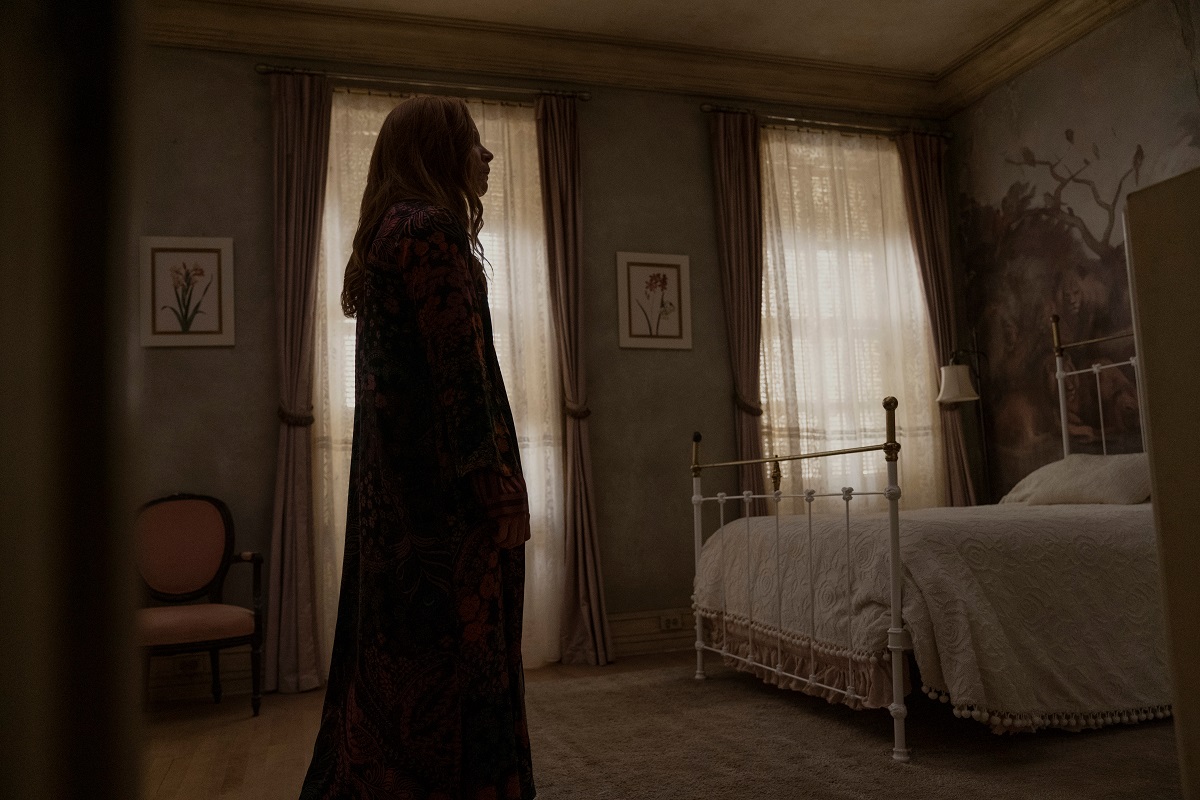The first season of Apple TV+’s “Servant” was an underrated mindf*ck, featuring some of M. Night Shyamalan’s tightest and most intriguing storytelling ever. Confined almost entirely to a haunting, darkly lit Philadelphia brownstone, it was a fascinating season of television that balanced relatable human behavior with WTF plot twists around every corner. It also ended in a flurry of insane revelations that made viewers question what came before and what could possibly come next. Imagine having to clean up and continue a story after a Shyamalan-esque twist like those at the end of “The Sixth Sense” or “The Village” and you have some idea of where “Servant” is at the start of season two, which premieres on Apple TV+ on January 15th. While enough of the craft of the first season remains, the storytelling feels less confident in the seven episodes sent to press (of ten total). It’s almost as if the writers, led by creator Tony Basgallop, aren’t quite sure where to go next with their story, although I have to admit that this is an incredibly hard show to judge without seeing the last 90 minutes as it could all come together in a way I’m not expecting—that’s certainly what happened with season one.

The premise of “Servant” is pretty clever. Dorothy Turner (Lauren Ambrose) lost her 13-week-old son Jericho, and it led to what could be called a mental break wherein she takes care of a doll as if it’s her biological child. The doll was the only thing that could pull Dorothy from her catatonic grief, and so everyone around her has to play along as much as possible, including going as far as hiring a nanny named Leanne (Nell Tiger Free) to care for Jericho. Dorothy’s husband Sean (Toby Kebbell) and brother Julian (Rupert Grint) hope that she will come back to reality but then Jericho the doll suddenly becomes Jericho the breathing child. Did Leanne kidnap another infant? Did she really bring Jericho back to life? The action of season one dug into not only why Leanne was really there but some of the secrets of Dorothy and Sean’s past. And then it ended by revealing a connection between Leanne and Dorothy in that the girl was a part of a cult that mom reported on back when she was working. Leanne disappeared with Jericho at the end of season one, leaving everyone in the Turner house adrift and confused.
And that’s where season two opens. Dorothy is desperate to find Jericho, but it’s hard to search for a missing child that’s technically already dead. Sean and Julian struggle to figure out how to manage what happened at the end of season one, and the writing on “Servant” struggles to find momentum. Once again, the show creatively constricts itself to the Turner brownstone, showing glimpses of the outside world only through televised reports and things like FaceTime. A show that locks its characters into one place plays a little differently during the pandemic than the writers could have ever imagined, but that formal choice remains one of the its greatest strengths. Dorothy and Sean feel trapped in their own excess. They’re unbelievably wealthy but there’s a cold, imposing, dark nature to their house that amplifies the tension of “Servant.”

Sadly, the plotting gets a little slack for the first time. It seems like they’re building to major events in those final three episodes but too little happens in the 3.5 hours leading up to them. Without spoiling how, Leanne ends up back in the house, and there’s a “what do we do now” aesthetic to the storytelling that gets a little flat and repetitive. It’s a season in which the characters often act panicked, but it’s too content to meander in its oddity instead of pushing its characters forward. “Servant” circles themes without really sinking its teeth into them, too often feeling like its simply biding time.
There are still elements to admire in these seven episodes like the top-notch craft, including tense, sweaty direction from Julia Ducournau (“Raw”) on the first two episodes, the best of the seven sent to press. And the performances remain strong throughout, particularly how much Ambrose is willing to make Dorothy unlikable. She takes the grieving mom archetype and melds it with an upper-class narcissist in a fascinating way. Everyone is good to great here, but I wish they were servants of something that felt more narratively sound. Given the end of season one and Shyamalan’s sensibility, I expect the episodes I haven’t seen to blow everything up again and send these characters back into a tizzy for the already greenlit season three (Shyamalan has said he expects the story to last six seasons). Seven episodes into the second season, I still have no real answers to some of the questions I had over a year ago when the first season ended. And while that’s a little frustrating, I’m willing to keep playing the game until Shyamalan and Basgallop’s next unpredictable move.
Seven episodes screened for review.












